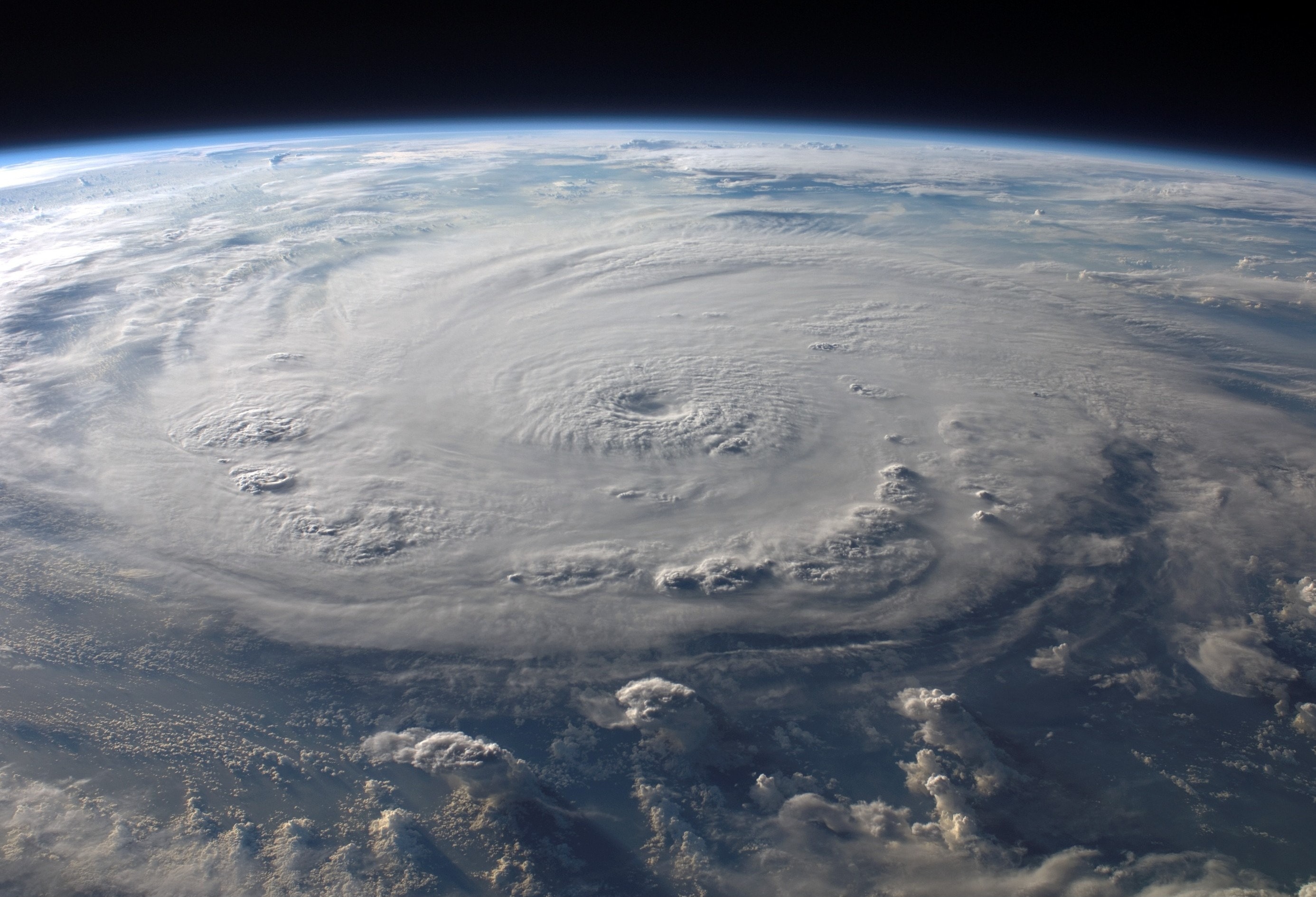Though it’s not common for Philadelphia to get hit by natural disasters, when they do hit, they hit hard.
FEMA has put Philadelphia as one of the top 5 riskiest counties to live in. And now, with it having recently been impacted by Hurricane Ida, businesses in Philadelphia are putting new emphasis on disaster recovery efforts and ensuring that they have a plan when disaster strikes.
After such an intense disaster strikes, it’s incredibly hard for a business to recover. In fact, almost 50% of businesses aren’t able to reopen after data loss. It’s not a matter of IF, it’s just a matter of TIME.
When a disaster occurs, a business has one chance to recover and to recover successfully. A business that faces an actual disaster where the recovery site fails to work faces downtime where they can not function as they need to. That puts the business at risk. The recovery of your business depends on the Disaster Recovery (DR) site infrastructure, but it makes no sense to try to recover using a datacenter that was shut down for a long period of time, or one that wasn’t updated or maintained.
This article will take a look at what government help is available to businesses when disaster strikes, the current DR plan for businesses, and what other options are out there to help businesses better recover after disaster strikes.
What Does the State of Philadelphia Do to Help Disaster Recovery Efforts?
In the instance of the most recent disaster, Hurricane Ida, extreme flooding paraliyzed the streets of Philadelphia.
For businesses, this meant extreme water damage, which led to the loss of furniture, exorbitant repair costs, and mounds of both paper and electronic data lost—especially in the cases where it wasn’t properly backed up.
While this was happening, the state of Philadelphia offered emergency financial aid for businesses, including some grants up to $5,000 for damage repairs.
However, when it comes to your whole building being lost and possible data breaches, that’s not enough assistance to help a business recover and eventually restore to full operating capacity.
Typical Business Disaster Recovery
Typically, businesses conduct a yearly DR (Disaster Recovery) test to prepare for a disaster. In extreme cases, some companies might not even conduct a test and assume instead that investing in cybersecurity covers any data loss or breaches.
However, this isn’t the best way to go about protecting your information.
Testing irregularity not only fails to adequately prepare your business for the future, but it also leaves major gaps in what you’re preparing for. For example, you might work to prepare for hurricane weather and be hit with a snowstorm instead, leaving your company and employees grossly unprepared in knowing what to do.
And on top of that, typical DR testing can be complicated and time-consuming, further pushing businesses away from proper testing.
Another thing businesses do is to back up their files. However, without the proper network and generator backup, this can still lead to a lot of data (and money) being permanently lost.
Because of this, it is imperative for businesses to properly prepare for any disaster with frequent DR testing and by having the right support to back up and protect their data.
A New Way for Disaster Recovery
Though the government provides some assistance, it’s not enough for a business to get back on its feet after a major event. After all, leaving your business open for hackers, potential data breaches, and losing data all amount to a lot of money lost. And money loss means potential business liquidation.
Businesses who experienced actual disaster events found that, on average, they had 40% downtime. The reason was incompatibility between the production site and the DR site. While your company is continually working on the production site (people use it every day, right?), it’s being maintained and updated on a daily basis.
The DR site, however, is static and only gets updated yearly or quarterly in most cases. So in the case of a disaster, when a business switches over to the DR site, it moves to a site that is totally different from the production site. This incompatibility leads to a lot of malfunction and downtime.
However, there are better solutions out there that can help your business be 100% prepared for any disaster.
The first step would be to have your business tested to ensure their DR site really works. The IT team should run weekly DR drills and cover all the issues you will face in case of a disaster. An efficient test should include turning the DR scenario on, in a bubble network and thoroughly testing the servers, the domain controller, the applications, the databases, web portals, network connections, resources and so on.
It also reduces the risk of expensive damage, as it shows a business how to take corrective action before the next disaster hits.
Rather than yearly testing, frequent testing should be performed to give companies a proper outlook on how to be prepared during any season.
Key Takeaways
With Philadelphia having such an increased risk factor for natural disasters, it’s not worth businesses taking the risk of skipping out on investing in disaster recovery. The DR plan must show evidence that your business can function in case of a disaster.
As opposed to living in fear or with the hope that nothing will go wrong in the event of an actual disaster, you should embrace disaster simulations (DR tests) and use them to be 100% ready. Don’t settle; your business should function in case of a disaster.
Especially with major flooding recently occurring, businesses know they need to be ready for any disaster that could come their way.
If you want to protect your business and be ready for any disaster, EnsureDR is the best way to be prepared. Contact one of our sales reps for a demo at 877-418-7005 or by filling out our contact form.
Take care of your business. Invest in recovery validation today.
